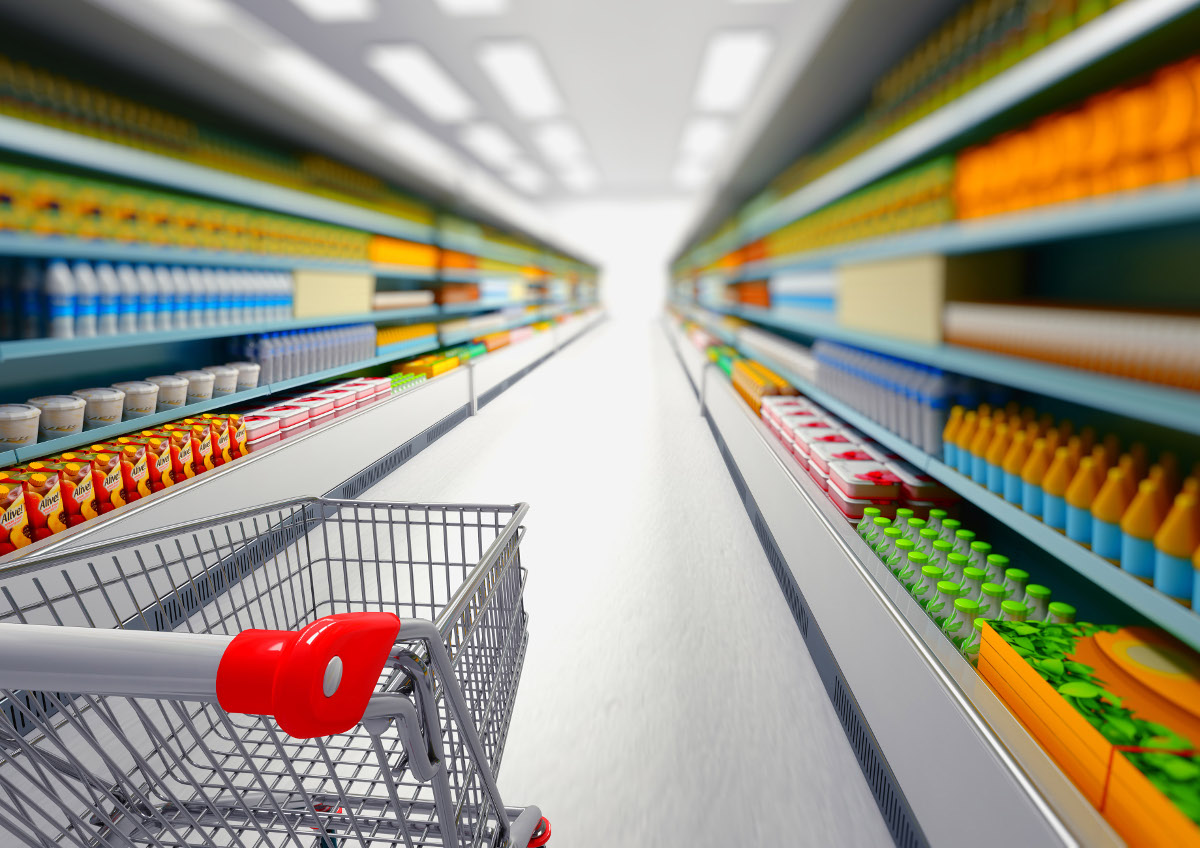
Market research firm Circana has released its latest biennial FMCG Demand Signals study, which tracks key purchasing trends across Europe’s six largest food markets, covering 230 CPG categories and 2,000 product segments. The findings highlight a complex recovery, with unit sales rising by just 0.3%, despite weak demand in Northern Europe. The FMCG sector grew by 4.4% over the past year, reaching €673 billion, up from €636 billion in 2024 (year ending June 2024).
Growth in EMEA markets is driven by strong performances in Spain and Italy, where domestic consumption and a favorable investment climate accelerate recovery. In contrast, the UK, Germany, and France are experiencing slower rebounds, weighed down by economic volatility and tactical moves by retailers, resulting in an uneven recovery.
“Southern Europe is showing resilience, but the overall market recovery remains fragmented”, says Ananda Roy, Global SVP of Strategic Growth Insights at Circana. “Spain and Italy are gaining significant momentum, while the UK, France, and Germany are lagging.”
PRIVATE LABELS: QUIETLY LEADING THE CHARGE
Category growth is largely driven by private labels, which now account for 39.2% of market value (€263 billion), up 0.5 percentage points from 2023. Across Europe, the strength of private labels continues to reshape competitive dynamics, though traditional brands still have room for growth. Both food and non-food sectors are benefiting from retailer innovations that improve quality, with a focus on sustainability and availability—key drivers in the evolution of private labels.
Although Circana expects the growth of private labels to slow in 2025, it suggests that brands can stay competitive by focusing on targeted innovation, optimizing product assortments, and looking beyond promotions. Strategic collaborations, limited-edition products, category expansion, and premiumization offer opportunities for brands to solidify their value propositions. Growth prospects remain robust for those able to tap into these strategies, particularly in premium and adjacent segments.
RETAIL LANDSCAPE SHIFTS
As competition intensifies, supermarkets and hypermarkets still dominate food sales, commanding 71% of the market share. However, hypermarkets are struggling to keep pace with changing consumer preferences, with discretionary spending declining uniformly across channels. Convenience stores and discount retailers are increasingly popular destinations in this shifting landscape.
FMCG: OUTLOOK FOR 2025
Looking ahead to 2025, the FMCG sector faces challenges from high prices, volatility, and uneven demand, which will hinder sustainable growth in volume and unit sales. Macroeconomic pressures continue to weigh on the sector, driven by geopolitical instability, volatile raw material prices, high interest rates, and wage growth. “The economic environment remains highly constrained,” says Roy. “A mix of macroeconomic factors introduces new risks, putting further strain on the FMCG sector. Value sales will likely be buoyed by inflation, while volume sales are expected to remain weak due to rising unemployment risks, more mindful consumption, and constrained purchasing power.” Although demand in EMEA’s food categories shows signs of recovery, significant volatility in key growth drivers casts doubt on the sustainability of growth in 2025.
